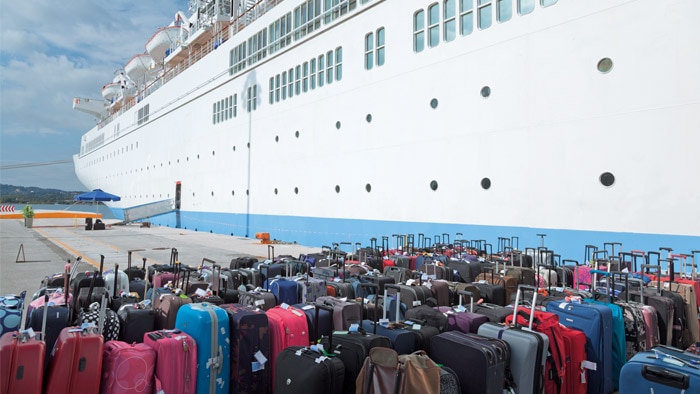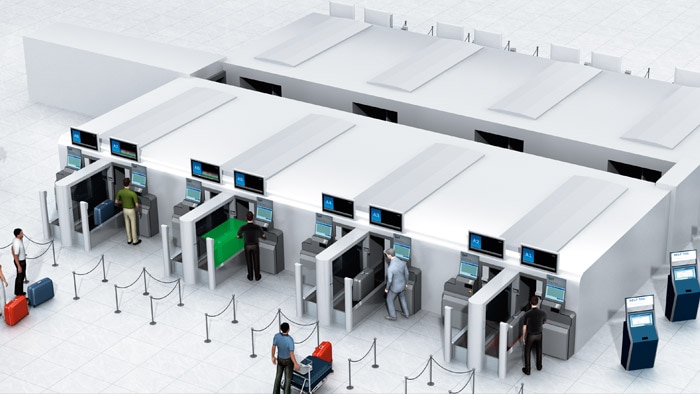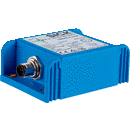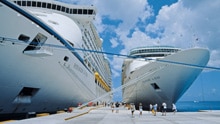So much goes on behind the scenes, unnoticed by passengers. The crew discreetly transports laundry, groceries, and trash; the kitchen amazes with its almost-invisible organization. Autonomously driving robots serve cocktails to guests and accompany them on the way to their cabin. Baggage has to be transported via many decks until it reaches the right cabin door, and is also picked up again from the cabin when guests check out. The pressure to perform quickly, yet with an extremely high degree of accuracy, is tangible and makes logistics systems more crucial than ever.
Automated baggage handling only functions efficiently, reliably, and safely with the appropriate sensor technology. SICK provides the perfect solutions for this. With automated guided vehicles (AGVs), equipped with the
TiM781S 2D LiDAR sensor, bags can be transported quickly and efficiently. This makes the work of the personnel easier and automates repetitive tasks on board. The sensor is attached to the automated guided vehicle and reliably detects protective fields in a predefined radius. The vehicle stops immediately in case of a hazard. Gripper arms on the vehicle deposit baggage right in front of the cabin door – provided that the bags can be clearly allocated. SICK
bar code scanners or
track and trace systems reliably identify baggage labels, regardless of where the label is attached to the bag. The reading algorithm detects and decodes even damaged, poorly printed, or half-covered bar codes.







